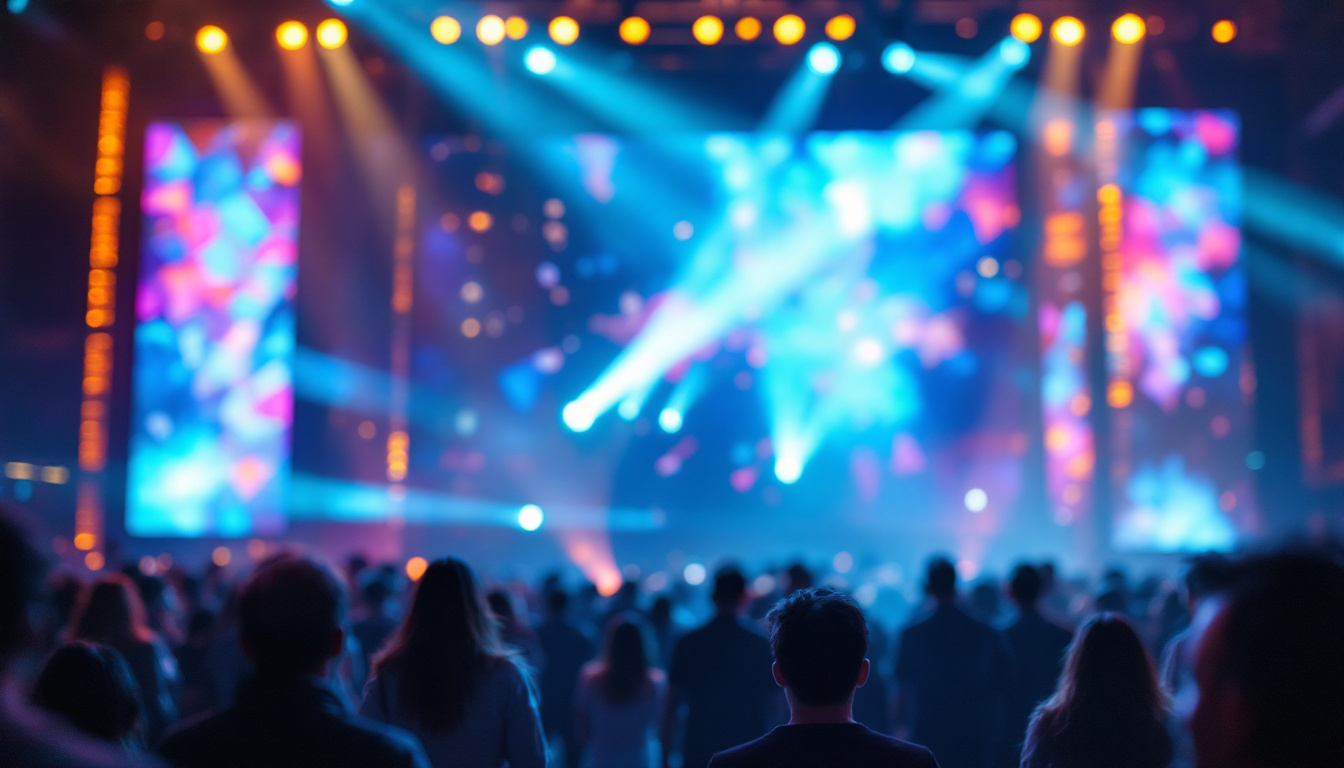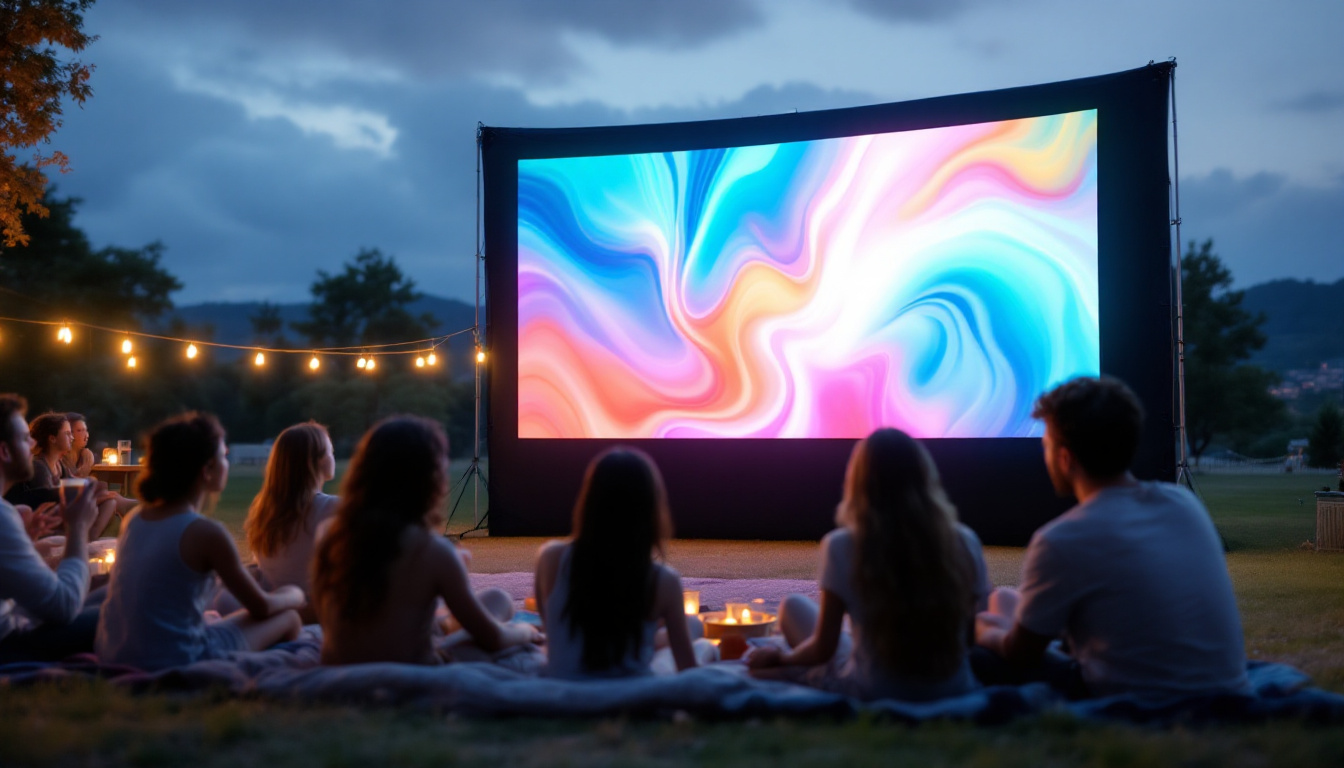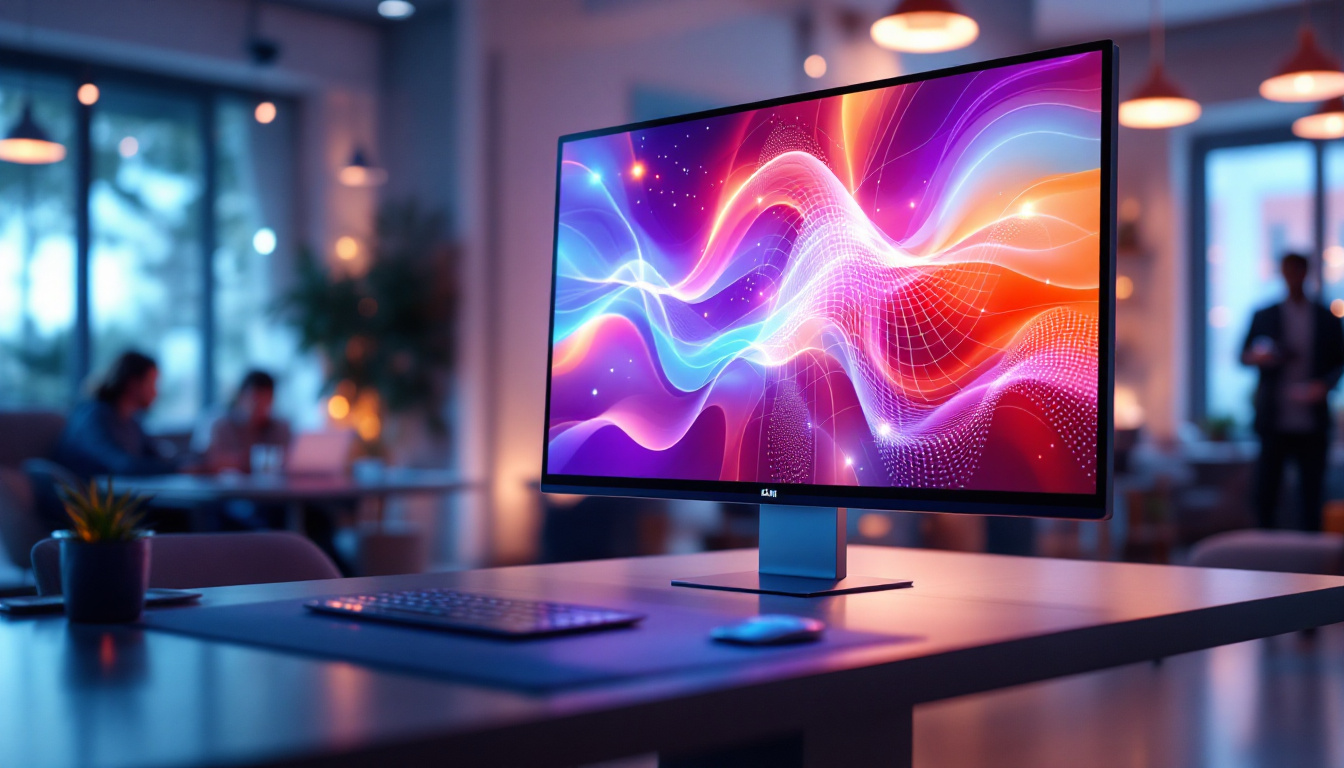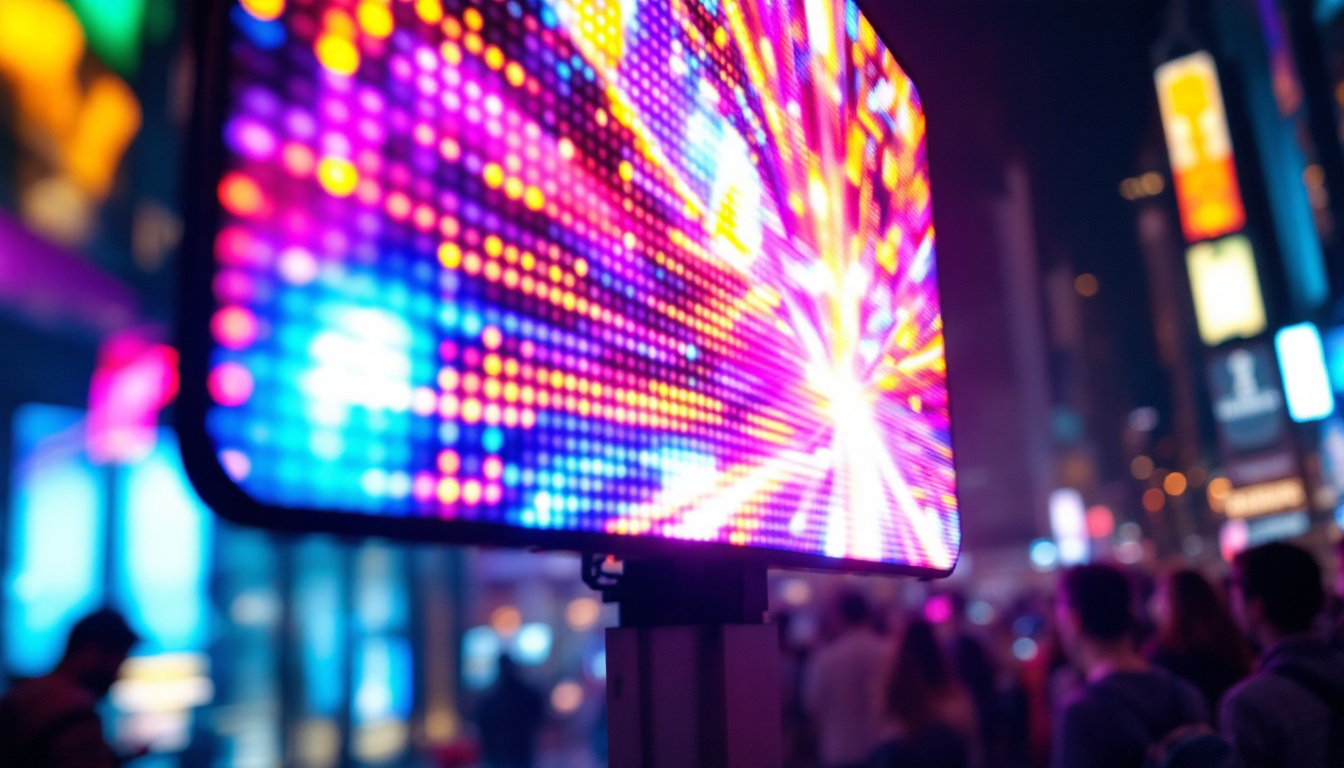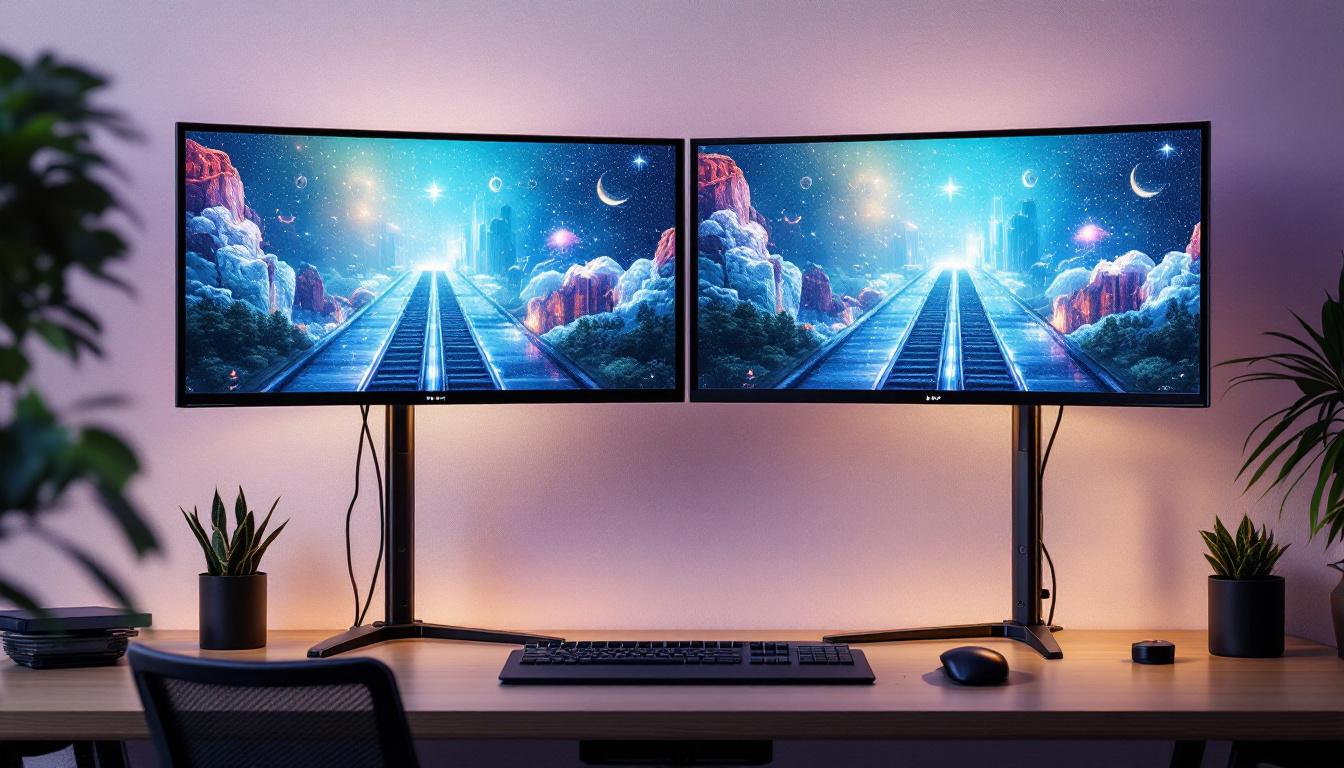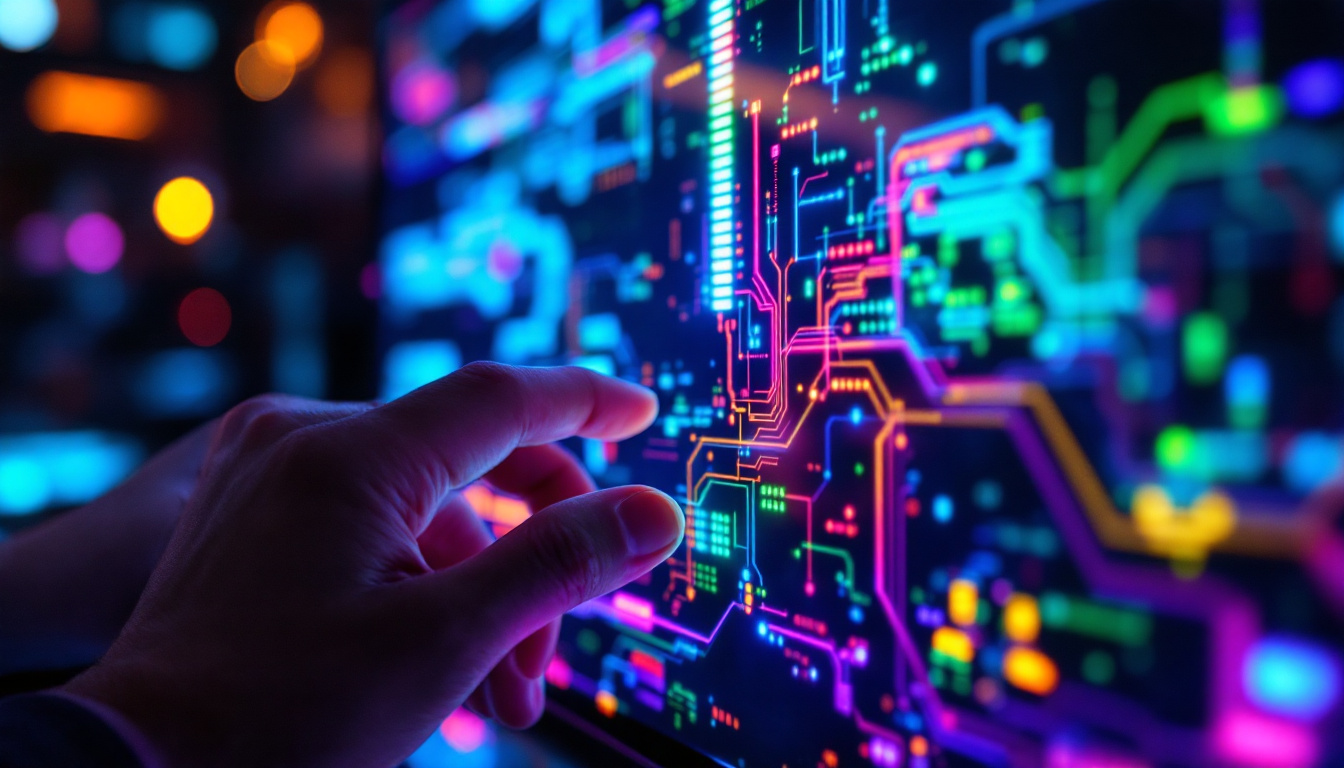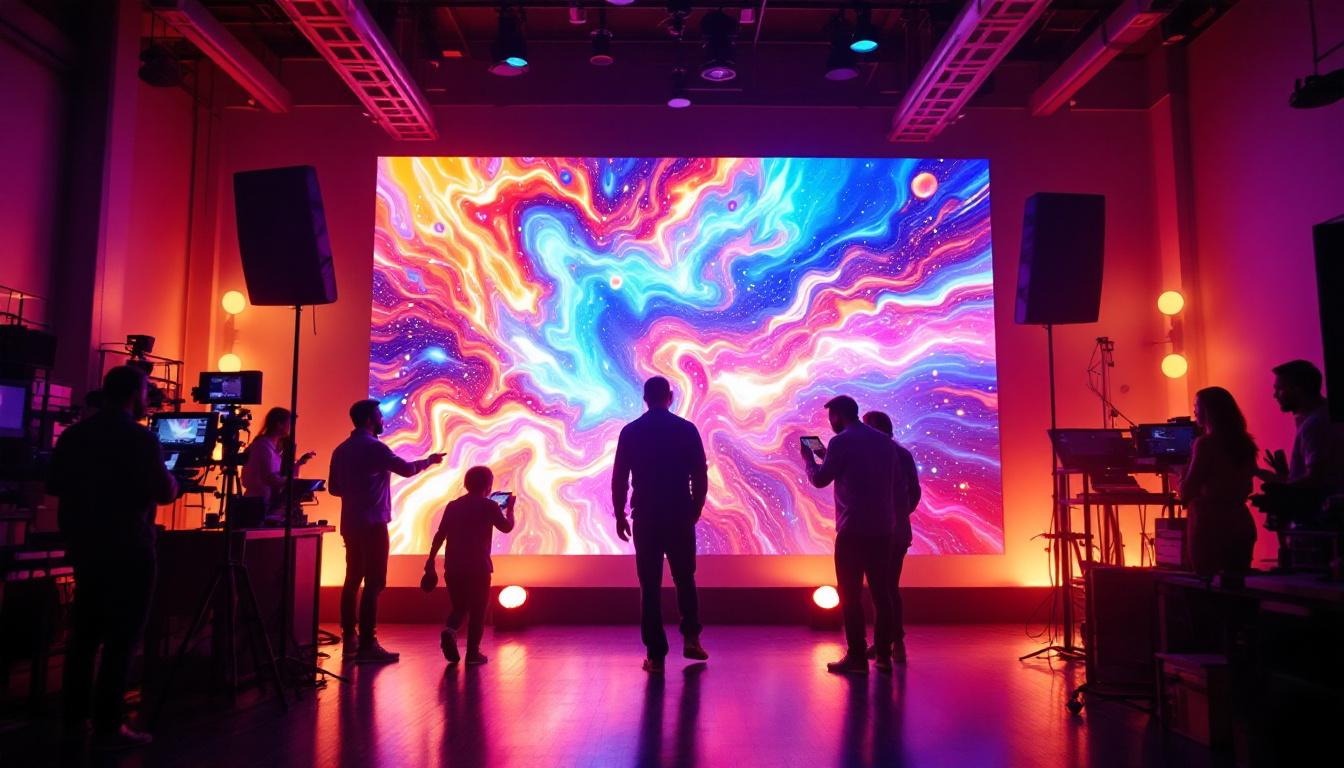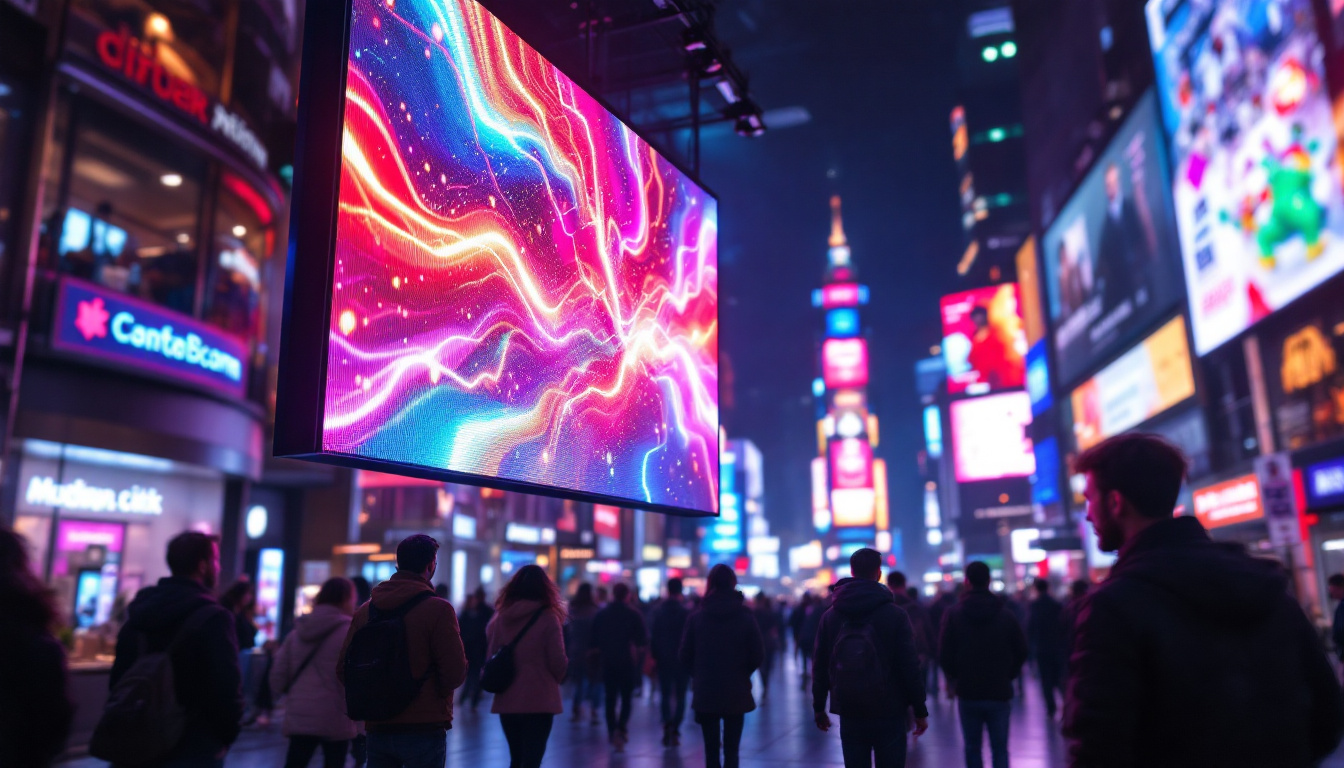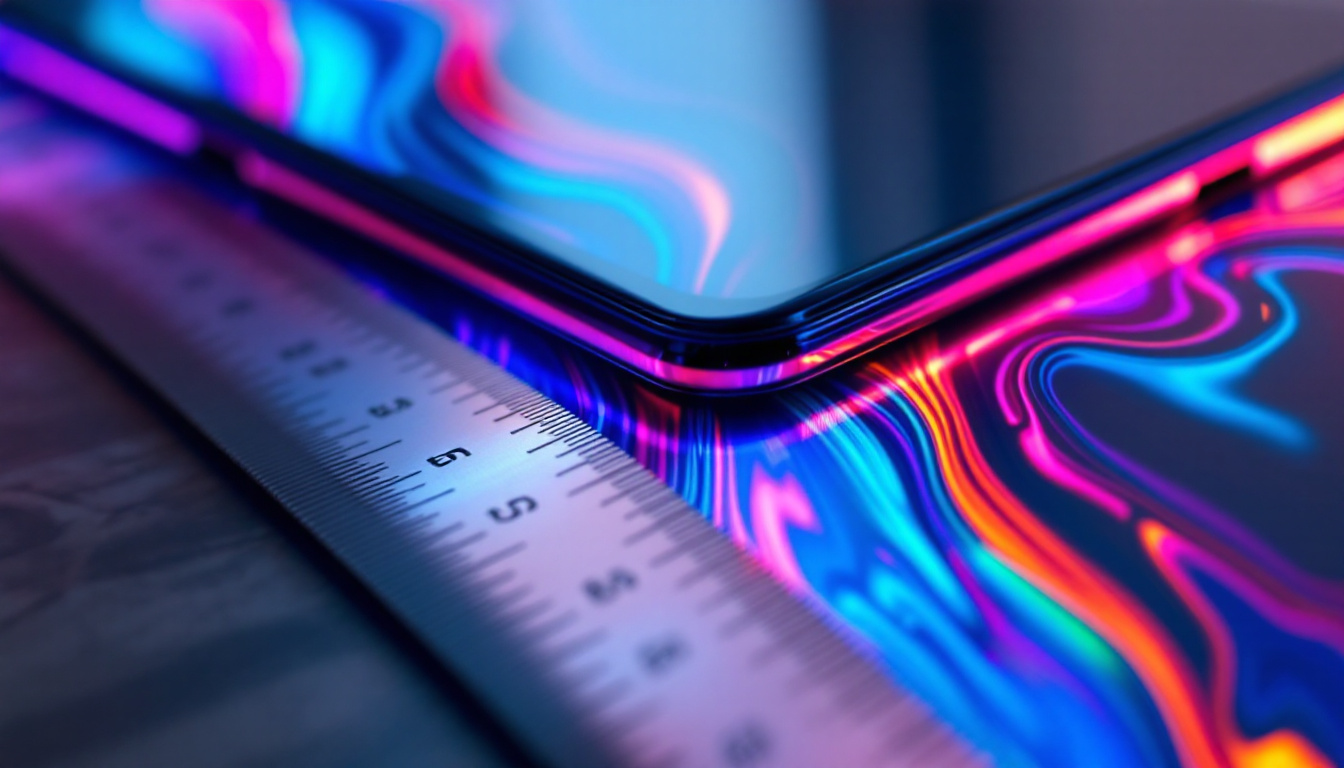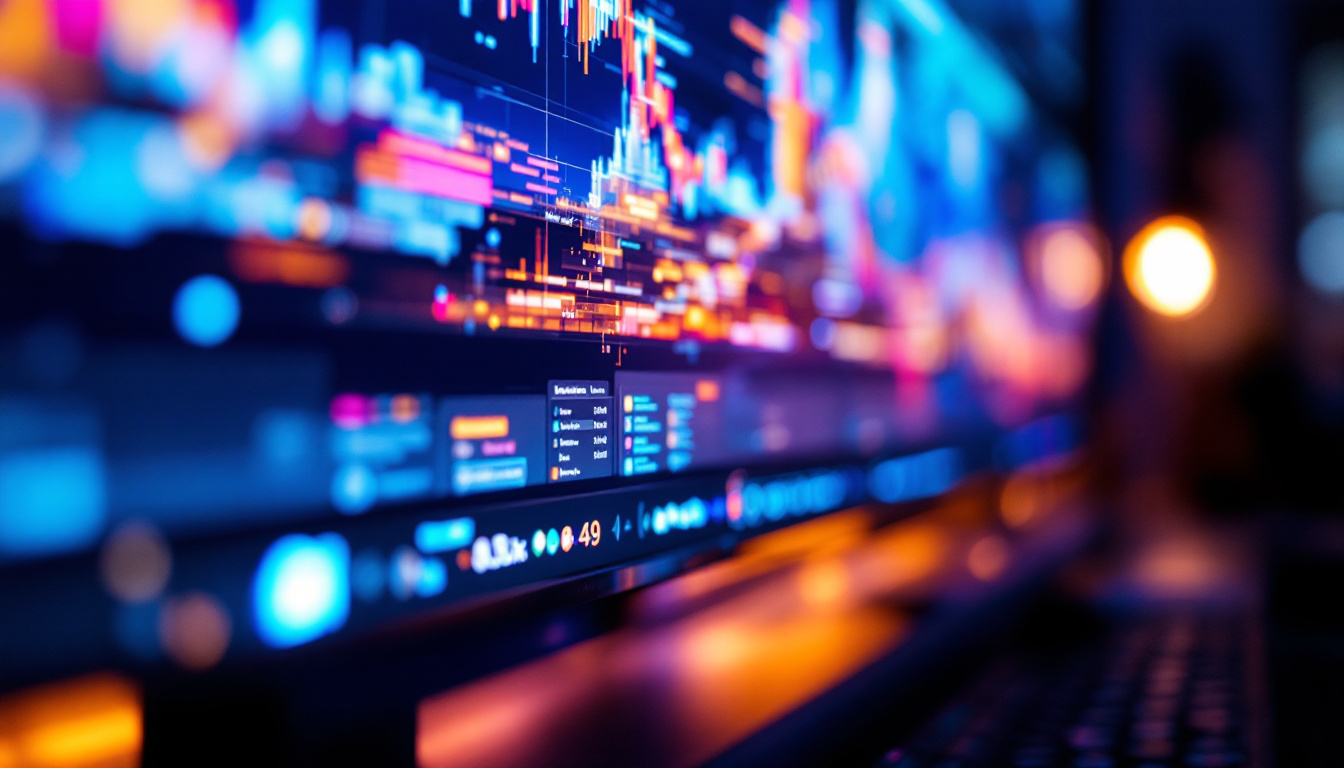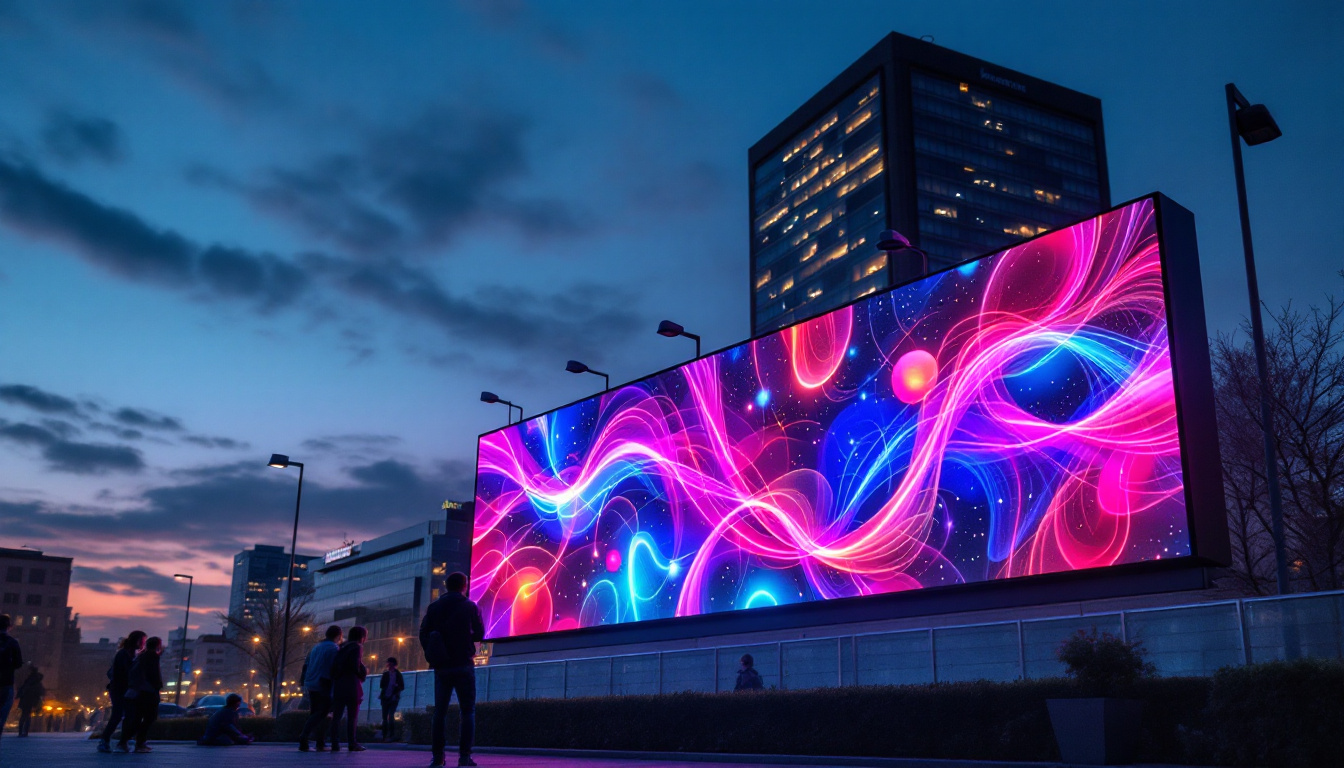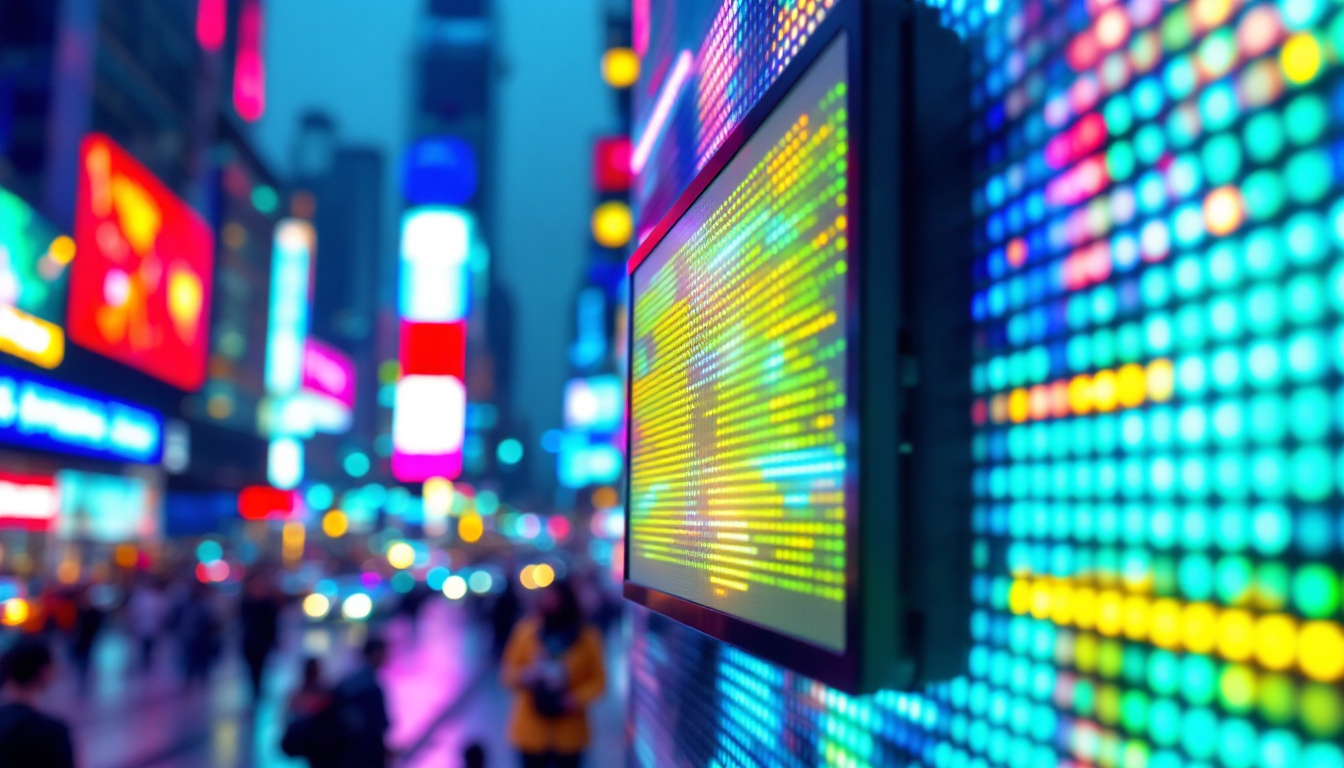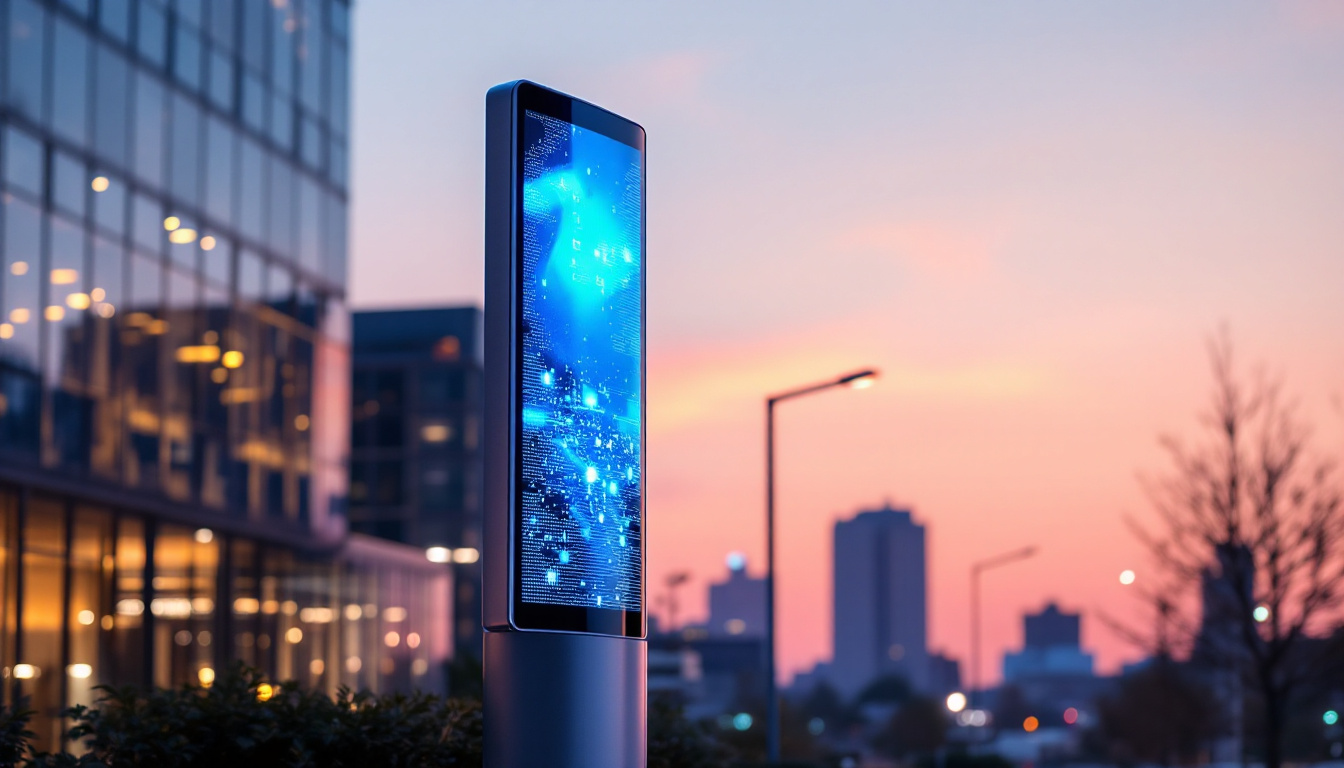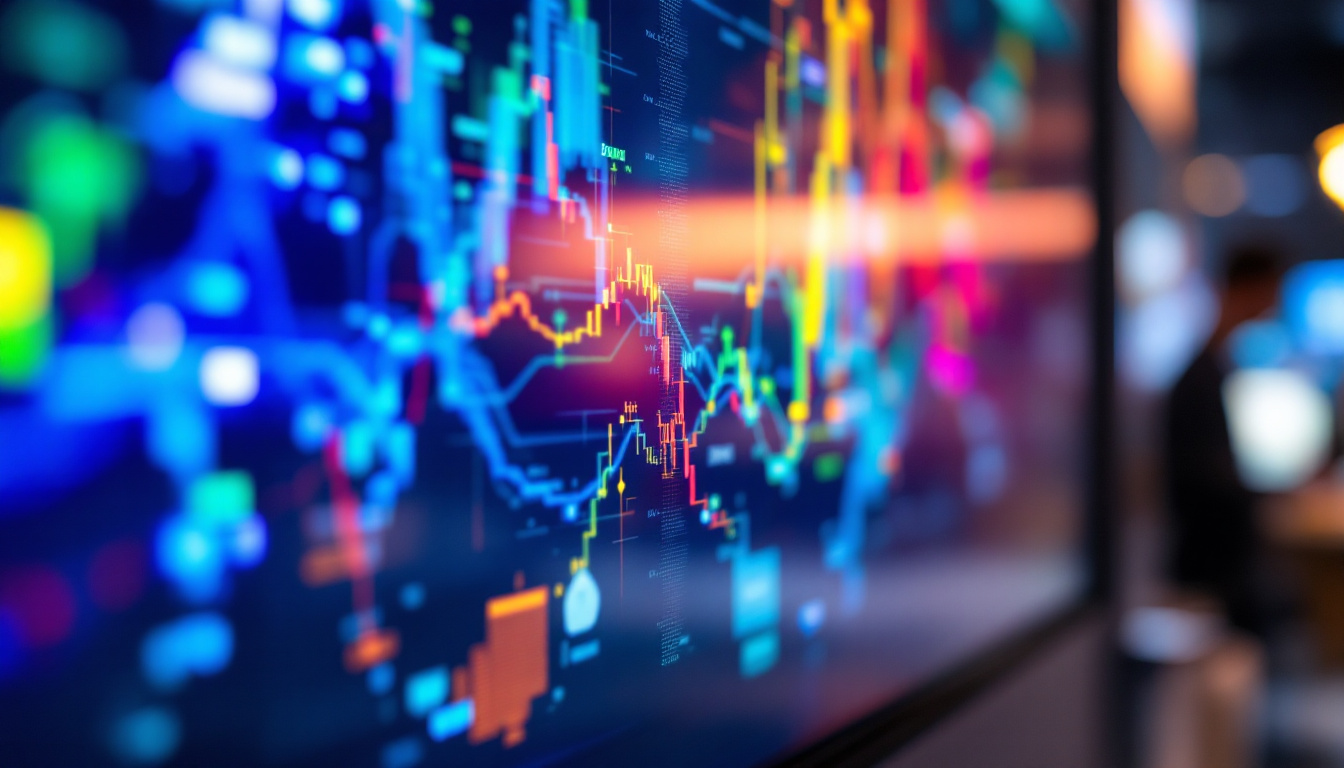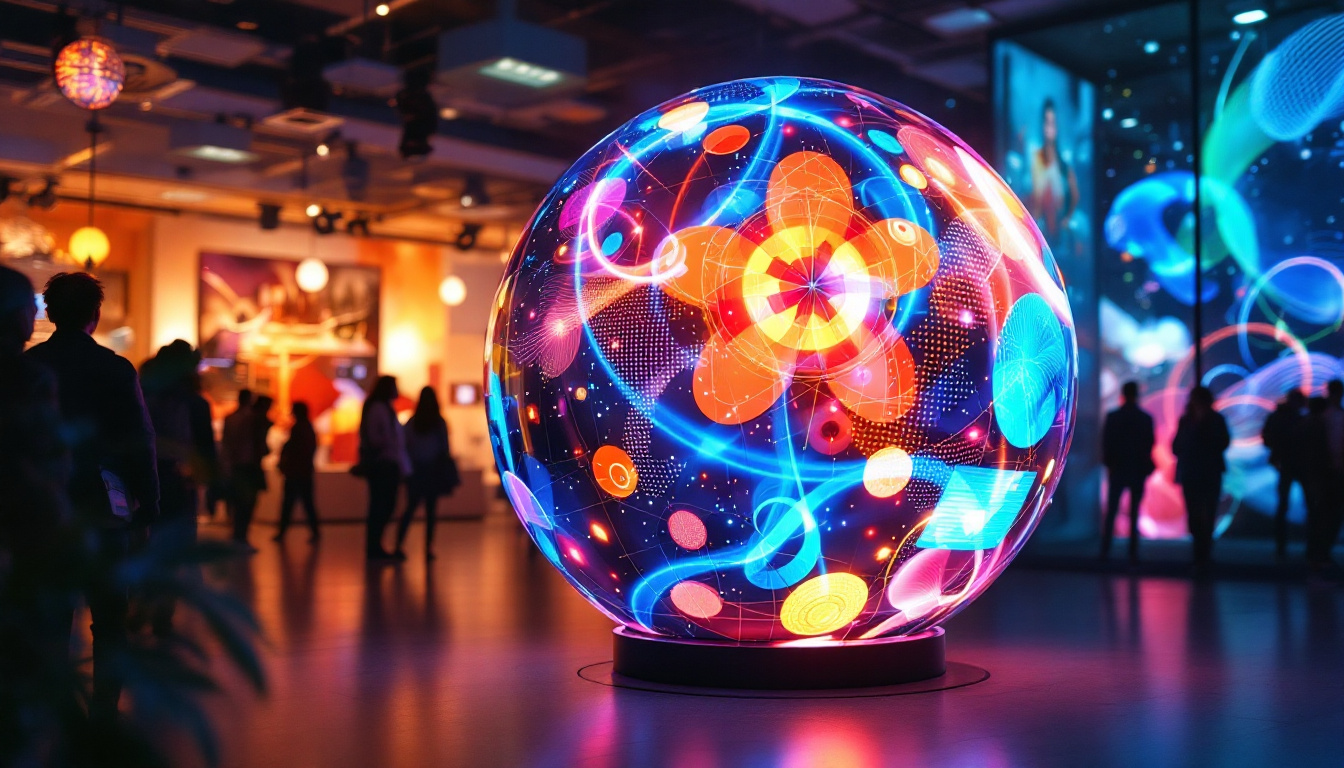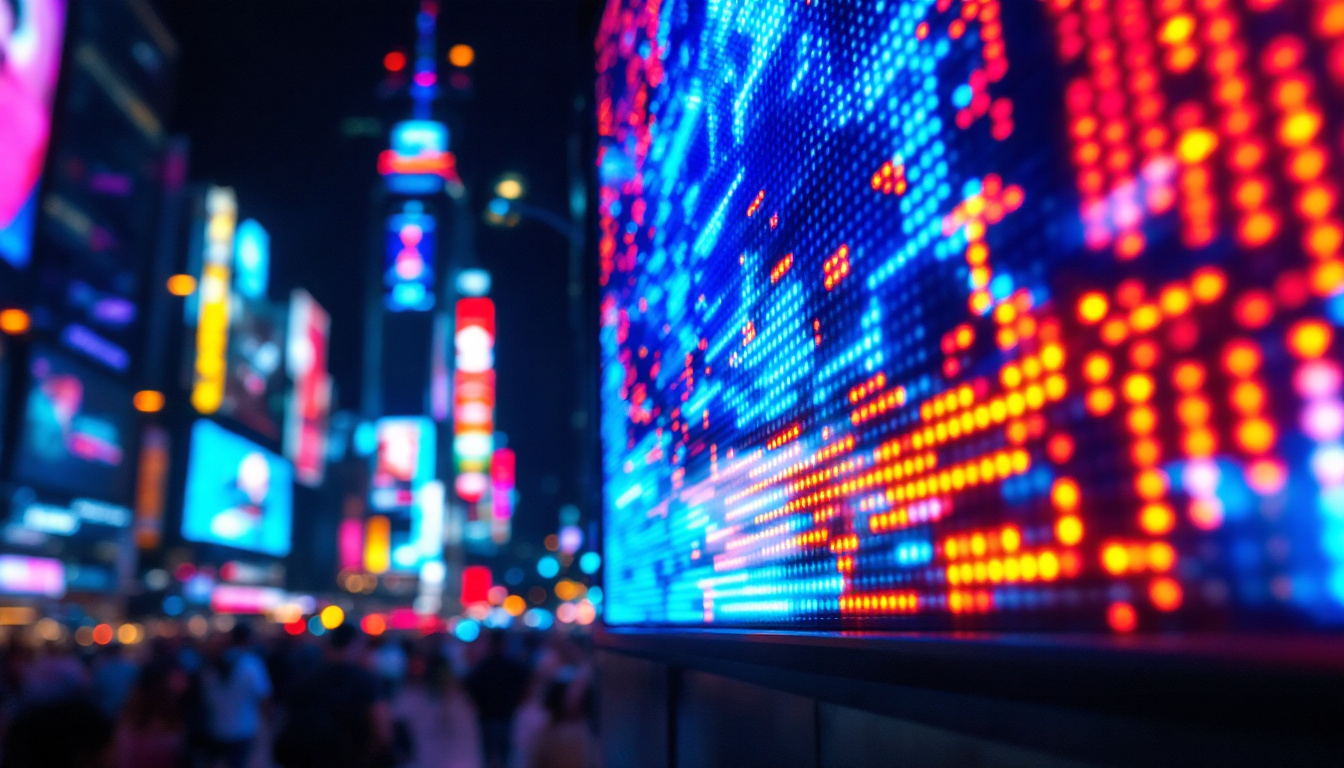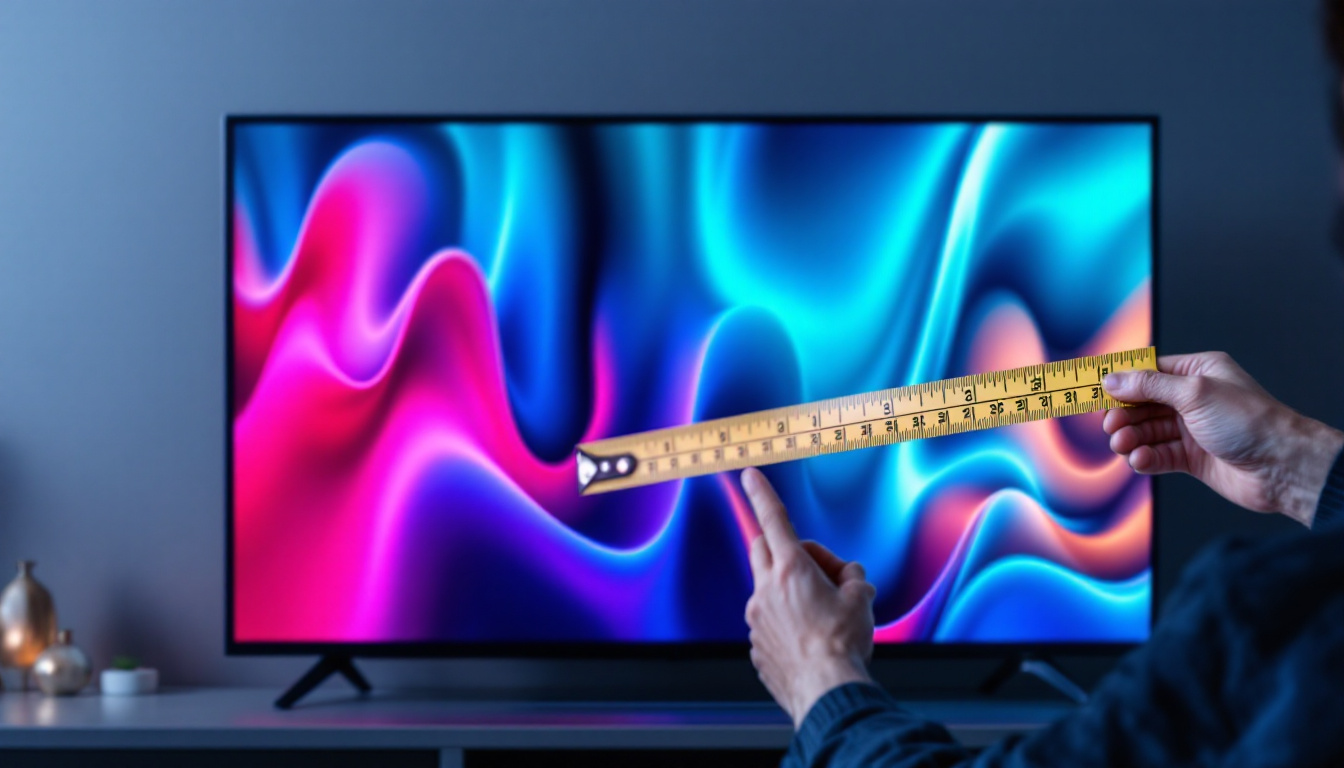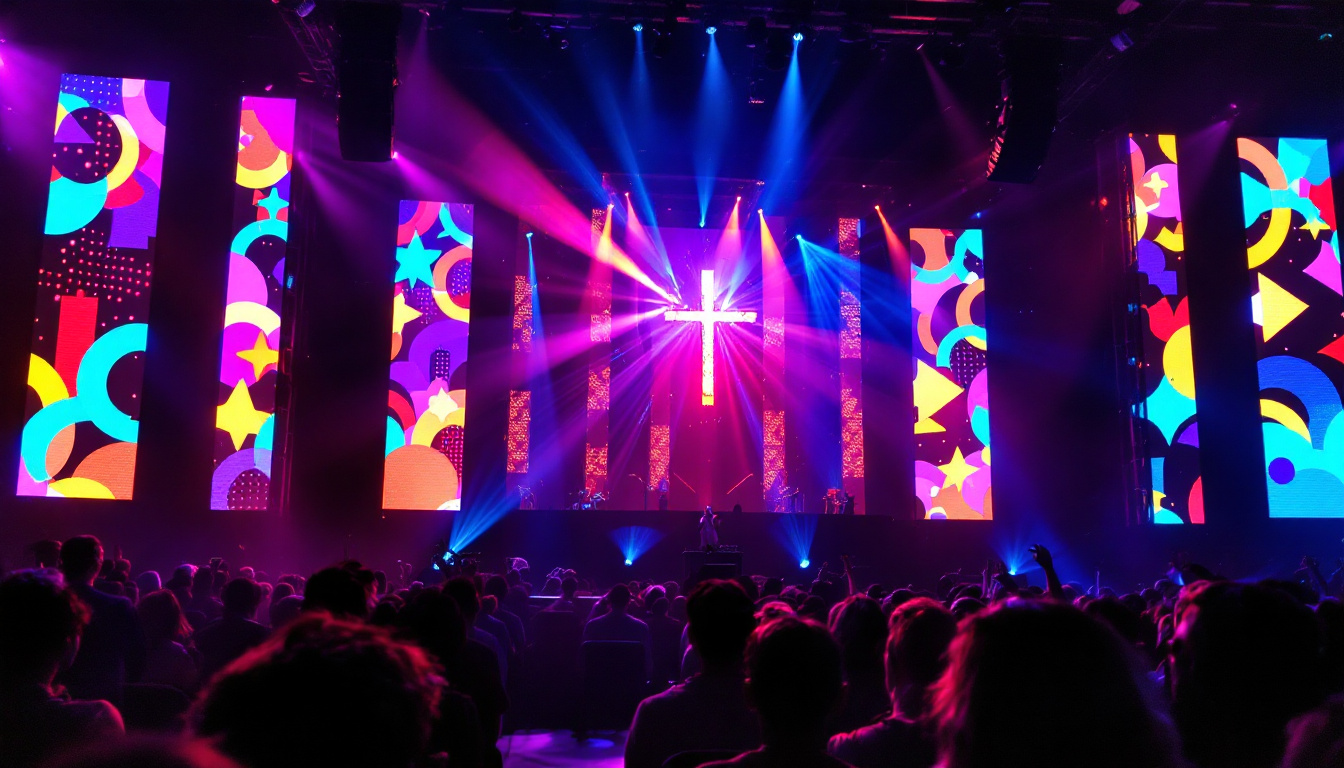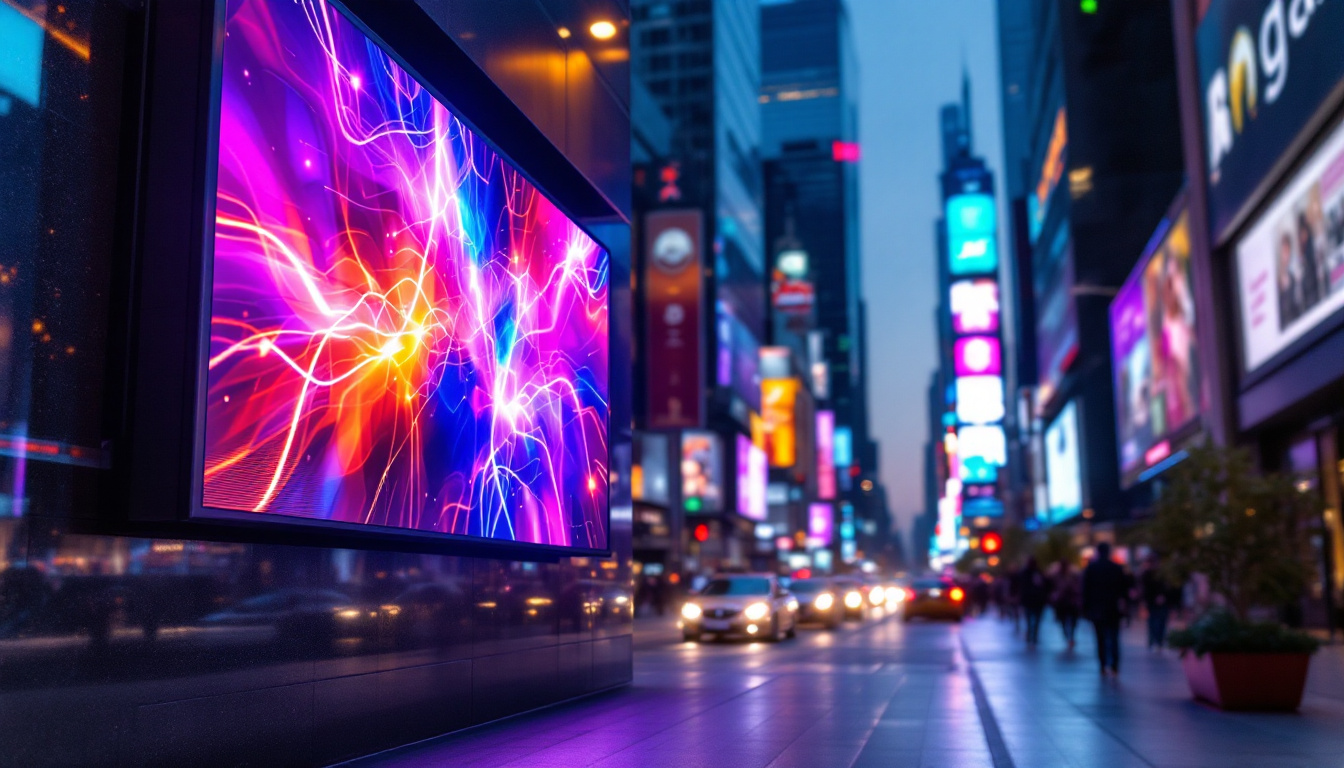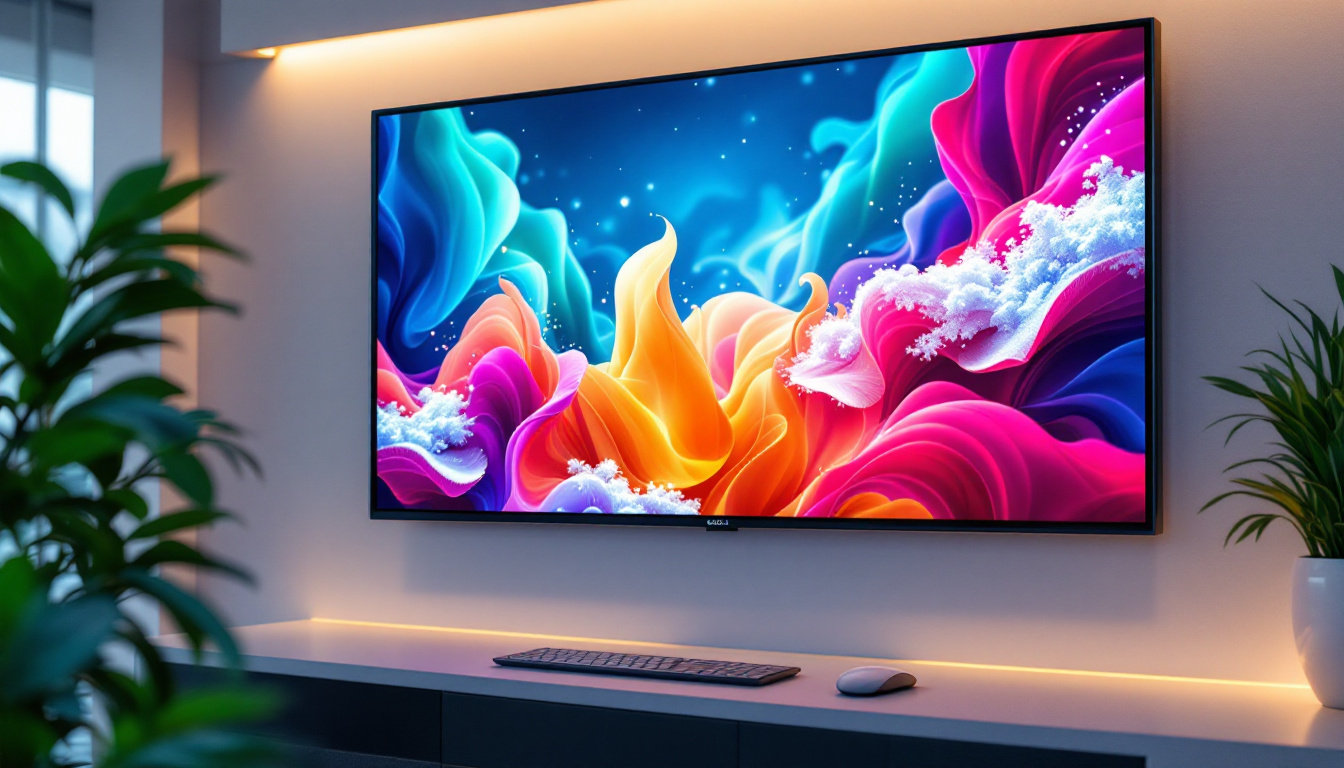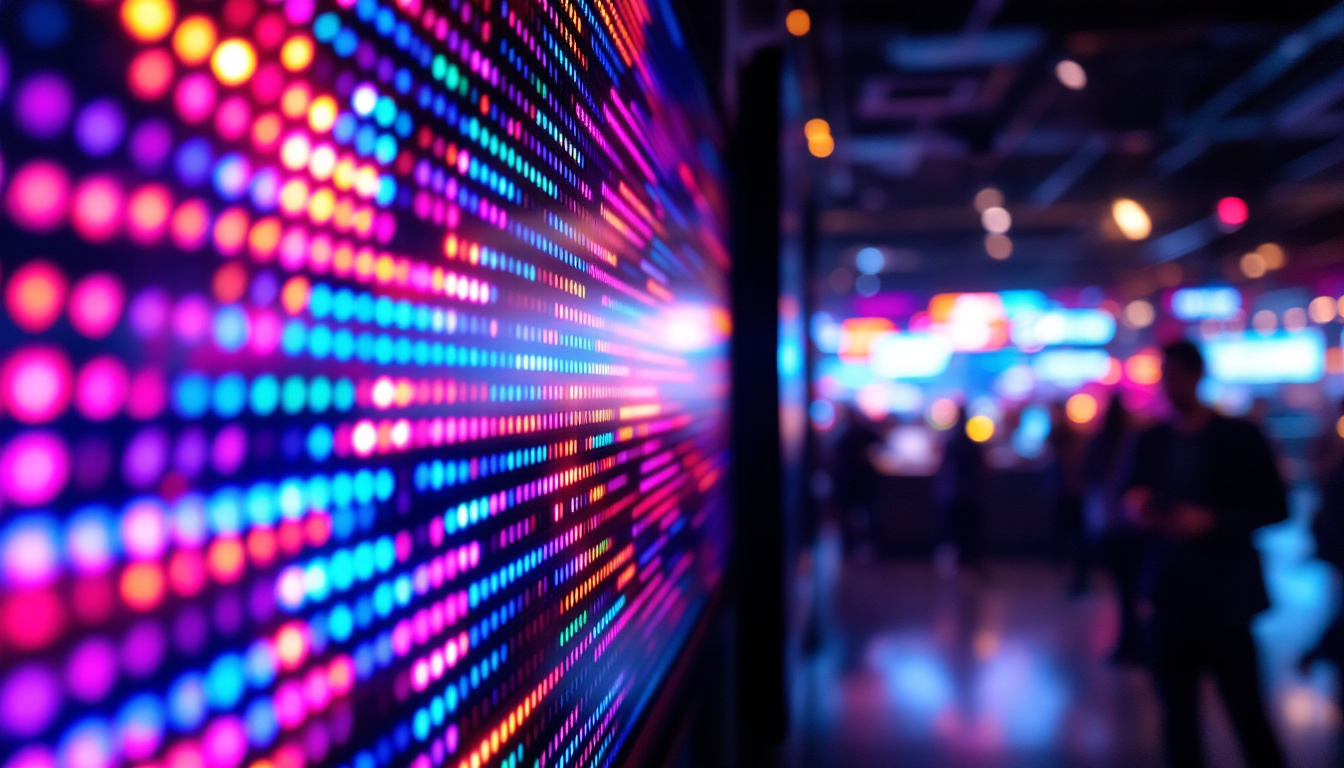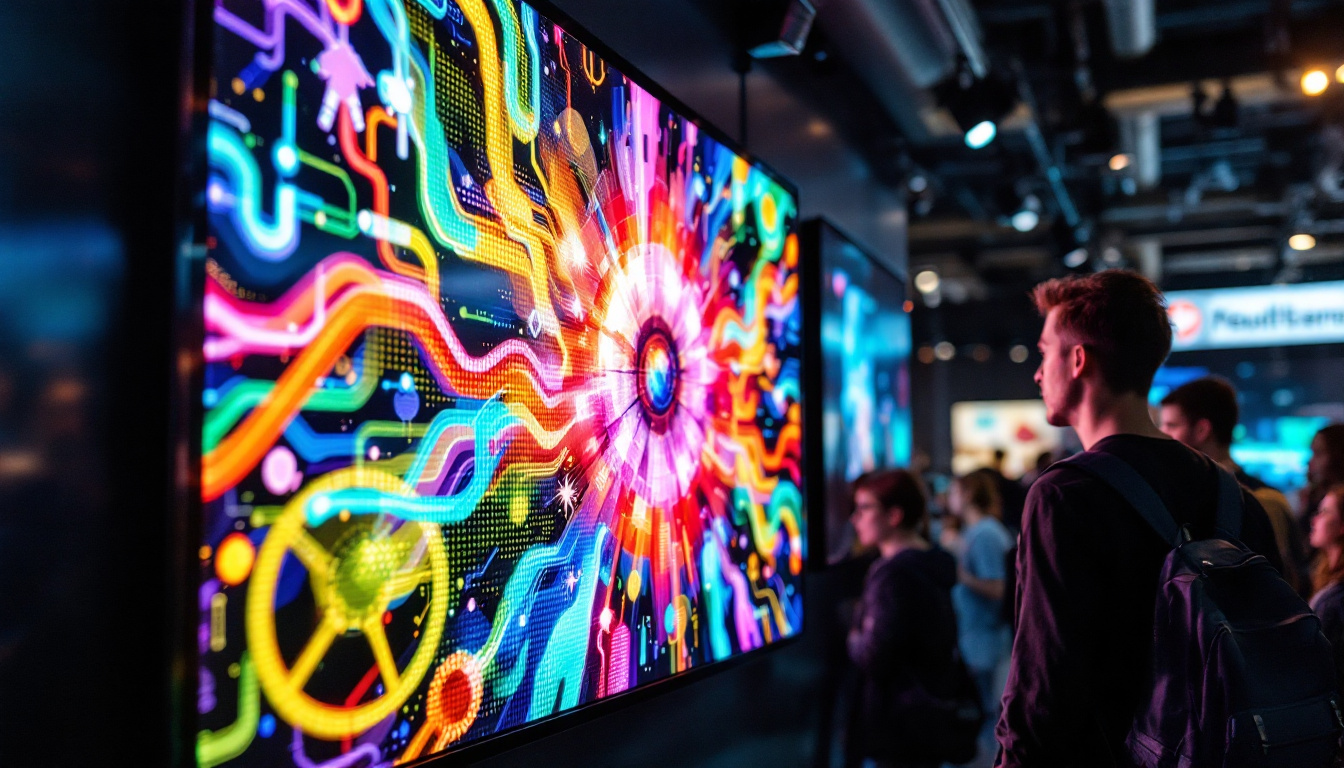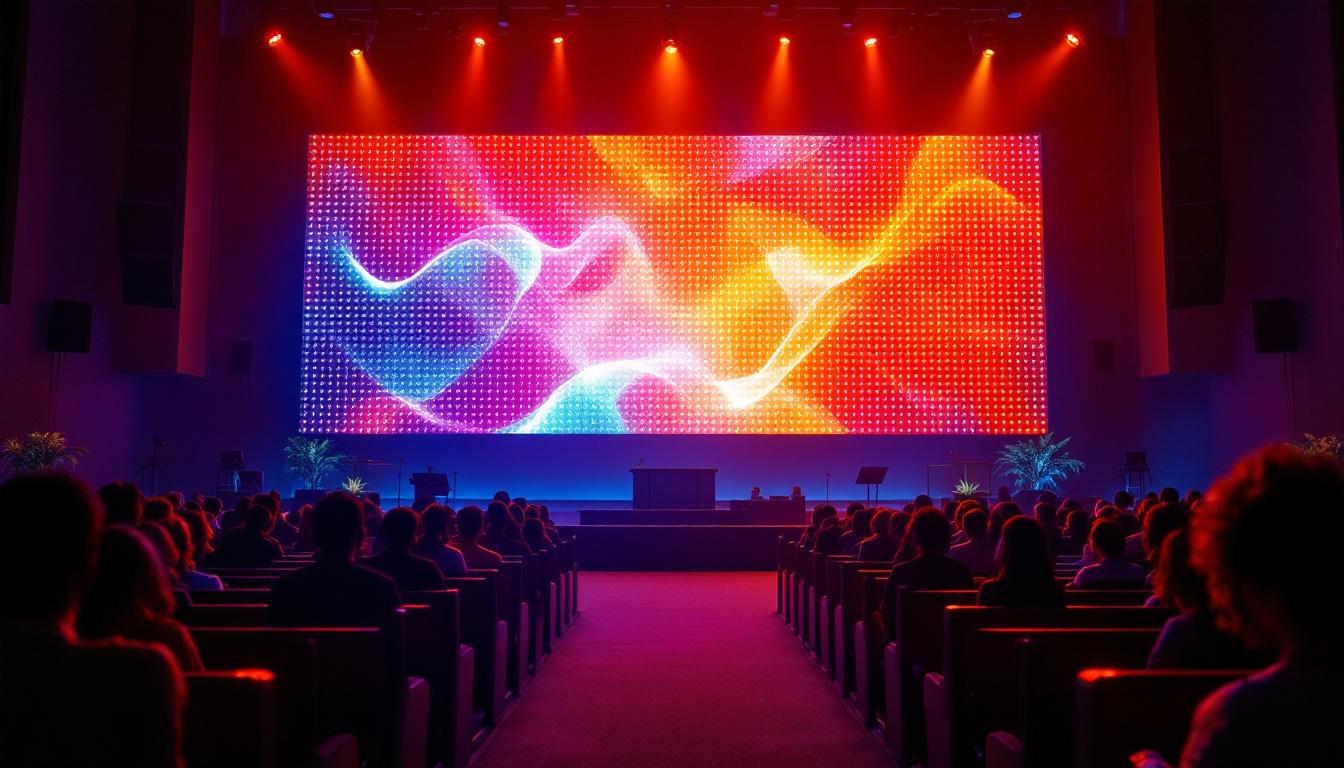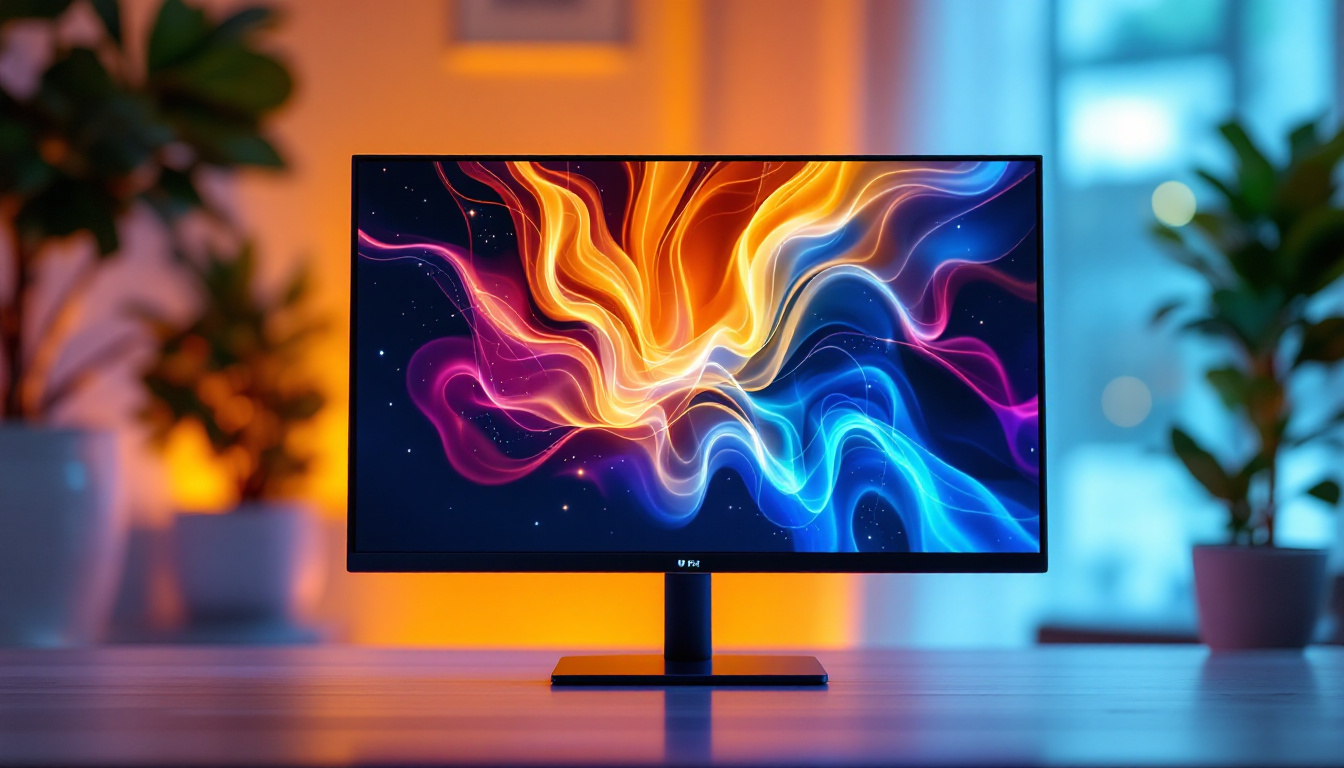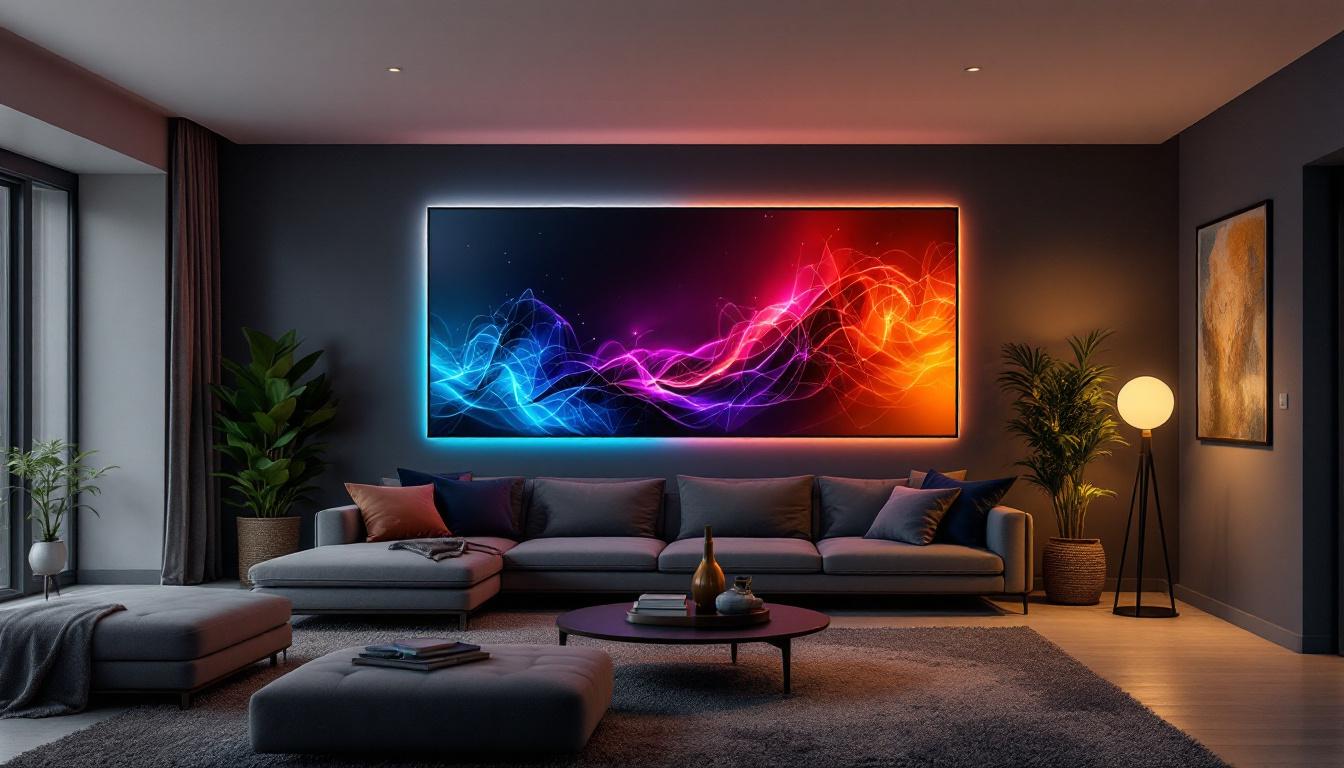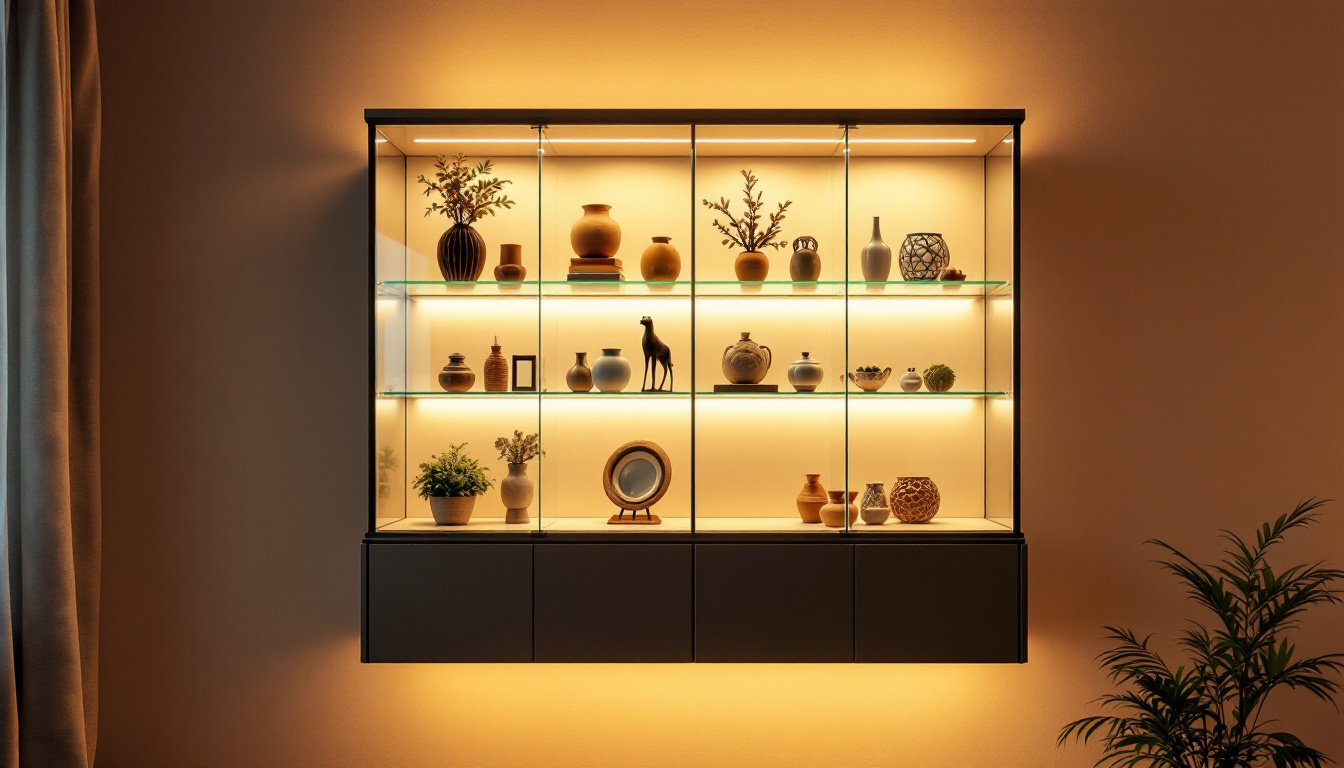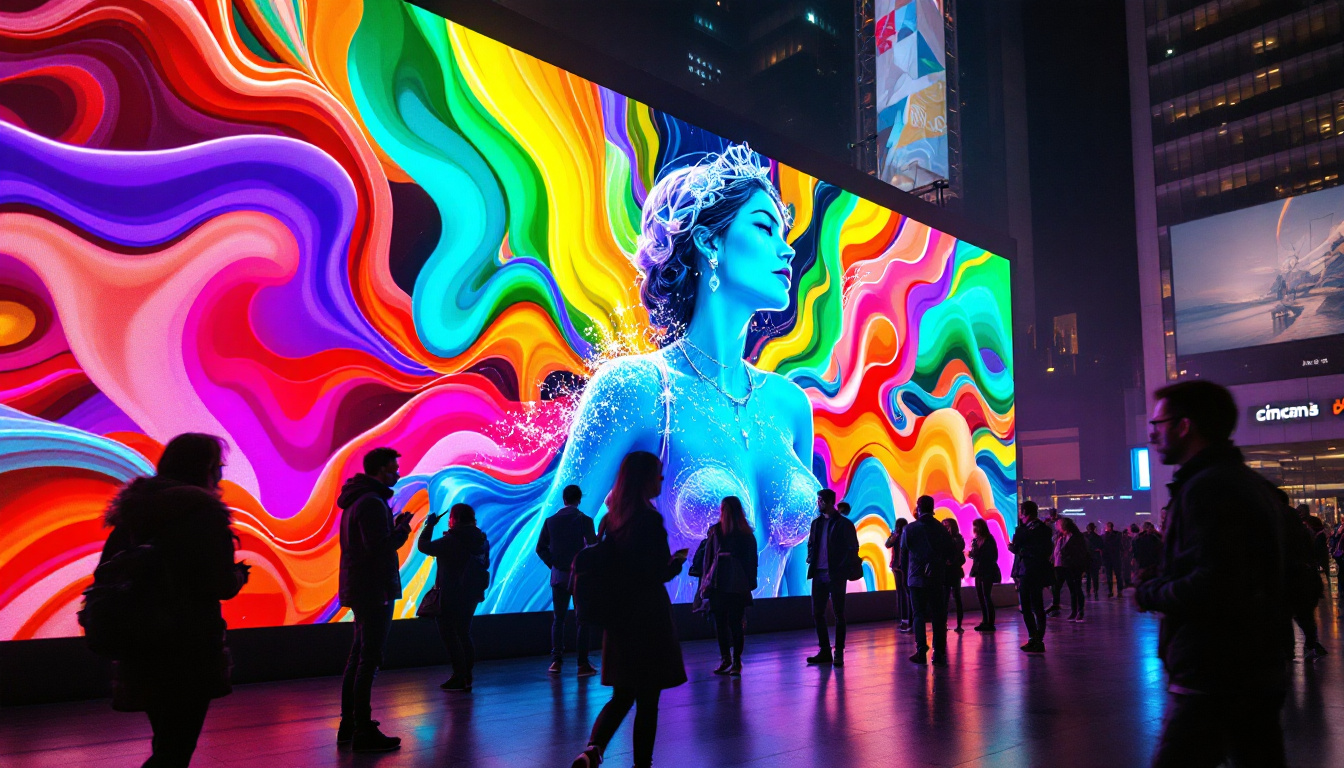In the world of modern technology, LED displays have become a cornerstone for visual communication. Whether it’s for advertising, entertainment, or information dissemination, the versatility and efficiency of LED technology have transformed how we perceive and interact with visual content. This article delves into the intricacies of LED displays, exploring their functionalities, advantages, and applications in various industries.
Understanding LED Technology
LED, or Light Emitting Diode, is a semiconductor device that emits light when an electric current passes through it. This technology has evolved significantly over the years, leading to the development of various types of displays that cater to different needs and environments. From televisions to smartphone screens, the versatility of LED technology has transformed the way we interact with visual media, making it an integral part of modern life.
The Basics of LED Operation
At its core, an LED display operates by illuminating tiny pixels composed of red, green, and blue (RGB) diodes. By adjusting the intensity of these colors, a wide spectrum of hues can be produced, allowing for vibrant and dynamic images. The combination of these colors is what creates the full-color display that users see. Each pixel’s ability to emit light independently contributes to the overall picture quality, enabling sharp details and smooth gradients that enhance the viewing experience.
LEDs are known for their efficiency and longevity. Unlike traditional incandescent bulbs, LEDs consume significantly less power and can last for tens of thousands of hours, making them a cost-effective and environmentally friendly choice. This longevity not only reduces the frequency of replacements but also minimizes waste, aligning with sustainable practices in technology and design. As a result, LED technology is increasingly favored in both residential and commercial settings, where energy savings and durability are paramount.
Types of LED Displays
There are several types of LED displays, each designed for specific applications. The most common types include:
- Direct View LED: Often used for large outdoor displays, these screens are made up of individual LED modules that can be arranged in various configurations. They are particularly effective for advertising and public information, as they can be seen clearly from a distance and in bright sunlight.
- LED Backlit LCD: These displays utilize LED technology to backlight an LCD screen, providing improved brightness and color accuracy. This combination allows for thinner designs while enhancing the overall visual performance, making them popular in televisions and computer monitors.
- Organic LED (OLED): This type of display uses organic compounds to emit light, allowing for thinner panels and better contrast ratios. OLED technology offers deeper blacks and vibrant colors, making it a favorite among high-end televisions and smartphones.
In addition to these common types, there are also emerging technologies such as MicroLED, which promises even greater resolution and flexibility by using microscopic LEDs to create displays that can be seamlessly tiled together. This innovation opens up new possibilities for large-scale installations and customizable screen sizes, catering to the growing demand for immersive visual experiences in both entertainment and advertising sectors. As LED technology continues to advance, we can expect even more innovative applications that will further enhance our interaction with digital content.
Advantages of LED Displays
LED displays offer numerous advantages over traditional display technologies. Their unique characteristics make them suitable for a wide range of applications, from billboards to television screens.
Energy Efficiency
One of the most significant benefits of LED displays is their energy efficiency. They consume less power compared to traditional displays, which not only reduces electricity costs but also minimizes the environmental impact. This efficiency is particularly advantageous for large-scale installations, such as outdoor billboards or stadium screens, where energy consumption can be substantial. Furthermore, the lower energy requirements of LED displays contribute to a reduced carbon footprint, aligning with the growing global emphasis on sustainability and eco-friendly practices.
Brightness and Visibility
LED displays are known for their exceptional brightness, making them ideal for outdoor use. They can produce vivid colors and sharp images even in direct sunlight, ensuring that content remains visible and engaging. This capability is crucial for advertising and public information displays, where visibility can significantly impact effectiveness. In addition, the ability to adjust brightness levels automatically based on ambient light conditions enhances user experience, allowing for optimal viewing at any time of day or night.
Durability and Longevity
LED technology is inherently more durable than traditional display technologies. LED displays are resistant to shock and vibration, making them suitable for various environments, including outdoor settings and high-traffic areas. Additionally, their long lifespan reduces the need for frequent replacements, further enhancing their cost-effectiveness. This durability is complemented by the fact that LED displays are less susceptible to burn-in issues, a common problem with older technologies like CRTs and plasma screens, thus ensuring a consistent and reliable performance over time.
Versatility in Design
Another remarkable advantage of LED displays is their versatility in design. They can be configured in various shapes and sizes, allowing for creative installations that can fit any space or aesthetic requirement. From curved screens that wrap around architectural features to large-scale video walls that create immersive environments, the possibilities are virtually limitless. This adaptability makes LED technology a favorite among event planners, advertisers, and artists alike, who seek to push the boundaries of visual communication.
Low Maintenance Requirements
LED displays also boast low maintenance requirements, which is a significant advantage for businesses and organizations. Unlike traditional displays that may require regular calibration or replacement of components, LED technology is designed for longevity and reliability. This means that once installed, LED displays can operate for years with minimal intervention. The reduced need for maintenance not only saves time and labor costs but also ensures that the displays remain operational and effective in delivering content to audiences without interruption.
Applications of LED Displays
The versatility of LED displays allows them to be used in a wide array of applications across different industries. From entertainment to transportation, their impact is profound and far-reaching.
Advertising and Marketing
LED displays have revolutionized the advertising industry. Their ability to showcase dynamic content, such as videos and animations, captures the attention of passersby more effectively than static billboards. Businesses utilize LED displays to promote products, services, and events in real-time, allowing for timely and relevant messaging.
Moreover, the programmability of LED displays enables advertisers to tailor content based on the audience, time of day, or current events, enhancing engagement and conversion rates.
Entertainment and Events
In the entertainment sector, LED displays are ubiquitous. Concerts, festivals, and sporting events often feature large LED screens that enhance the audience experience. These displays can show live feeds, graphics, and interactive content, creating an immersive environment for attendees.
Furthermore, LED technology has made its way into movie theaters and home entertainment systems, providing viewers with stunning visuals and vibrant colors that enhance the overall viewing experience.
Transportation and Public Information
LED displays play a crucial role in transportation systems, providing real-time information to commuters. Train stations, airports, and bus terminals utilize LED screens to display schedules, delays, and other vital information. Their clarity and visibility ensure that passengers receive accurate updates, contributing to smoother travel experiences.
Challenges and Considerations
While LED displays offer numerous advantages, there are also challenges and considerations that must be addressed. Understanding these factors is essential for making informed decisions regarding their implementation.
Initial Costs
One of the primary challenges associated with LED displays is the initial investment. Although they are cost-effective in the long run, the upfront costs can be substantial, particularly for large installations. Businesses must weigh the benefits against the initial expenditure to determine if LED technology is the right choice for their needs.
Maintenance and Upkeep
While LED displays are known for their durability, they still require regular maintenance to ensure optimal performance. Dust, debris, and environmental factors can affect image quality over time. Implementing a maintenance schedule is crucial for keeping displays in top condition and prolonging their lifespan.
The Future of LED Displays
The future of LED displays looks promising, with ongoing advancements in technology and applications. As industries continue to evolve, so too will the capabilities of LED displays, paving the way for innovative solutions that enhance communication and engagement.
Emerging Technologies
Recent developments in LED technology, such as microLED and miniLED, are set to revolutionize the display landscape. These technologies offer improved color accuracy, contrast ratios, and energy efficiency, making them suitable for a wider range of applications.
Additionally, advancements in flexible LED displays are opening up new possibilities for creative installations. These displays can be bent and shaped to fit unique spaces, allowing for innovative designs that were previously unattainable.
Integration with Smart Technology
As smart technology continues to gain traction, the integration of LED displays with IoT (Internet of Things) devices is becoming increasingly common. This integration enables real-time data sharing and interaction, allowing for more personalized and engaging experiences.
For example, LED displays in retail environments can adapt content based on customer behavior, creating tailored advertising that resonates with individual shoppers. This level of personalization is expected to enhance customer engagement and drive sales.
Conclusion
LED displays have transformed the way information is communicated and experienced across various industries. Their energy efficiency, durability, and versatility make them an ideal choice for a wide range of applications, from advertising to public information. While challenges such as initial costs and maintenance exist, the benefits far outweigh these concerns.
As technology continues to advance, LED displays will only become more integral to our daily lives. The future holds exciting possibilities, with emerging technologies and smart integrations set to redefine how we interact with visual content. Embracing LED technology is not just a trend; it’s a step towards a more efficient and engaging future.
Discover the Future of Visual Engagement with LumenMatrix
As you’ve seen, LED displays are pivotal in shaping the future of visual communication. If you’re ready to elevate your brand’s presence and captivate your audience with mesmerizing visuals, look no further than LumenMatrix. Our extensive range of innovative LED display solutions, from Indoor and Outdoor LED Walls to Custom and Transparent Displays, is designed to meet your unique needs and exceed expectations. Don’t miss out on the opportunity to transform your visual storytelling. Check out LumenMatrix LED Display Solutions today and join the revolution in digital signage and display technology.

